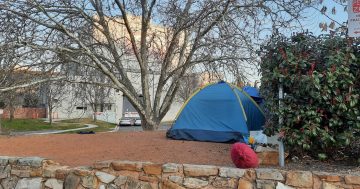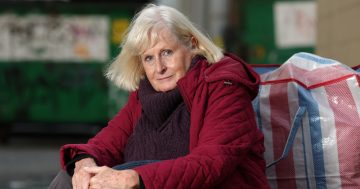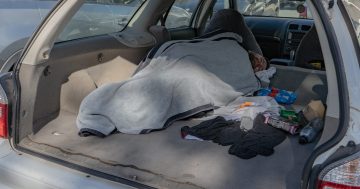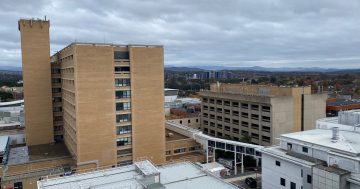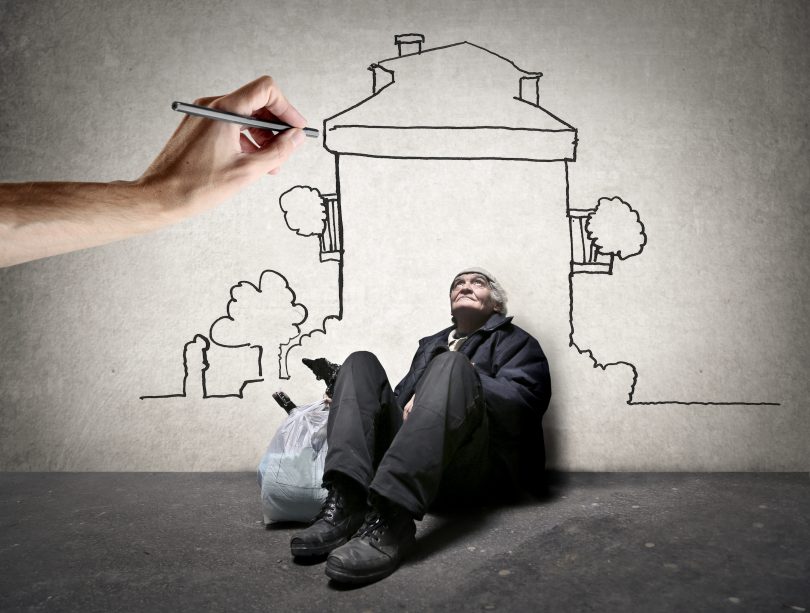
We could eliminate the need for anyone to sleep rough in the ACT.
As we head towards the end of 2017, homelessness and housing affordability have been features of much discussion in the Territory. There have been numerous community conversations, a Homelessness Summit and the release of discussion papers throughout the year.
When we reflect on the real action we have taken to rid ourselves of the inglorious tag as the jurisdiction with the second highest rate of homelessness, however, it is clear that while we have made a start, we still have a long way to go.
There have been some welcome initiatives that will make a difference on the ground. While yet to be delivered, there has been the announcement of a $1 million housing affordability innovation fund and there has been some progress on providing a new Common Ground project in Canberra’s north. 2017 did see the Government provide increased funding for the Early Morning Centre which has enabled an increase of services for people who are at risk, or experiencing, homelessness.
Despite this, people still find themselves each night without a place to sleep. A recent Australian Institute of Health and Welfare report found that over 600 people who sought help from ACT services were not assisted throughout 2015/2016. This is an issue that is becoming ever more visible in our city, and services are reporting unprecedented demand. This year’s Safe Shelter program, an unfunded volunteer-based service that provides nightly accommodation during the winter months, saw numbers almost triple. In the last few weeks, Australia’s longest running refuge Beryl Women’s Shelter, sounded the alarm about their ability to continue responding to increasing demand for emergency housing in an environment of uncertainty and a shrinking funding base.
Surely in a city of our size and our means, we can come together and eliminate the need for people to sleep rough and couch surf? The numbers of people without somewhere to sleep are relatively small in our city which creates an opportunity for us to ensure everyone who wants a bed on any particular night can find one.
If we are to achieve this, we need to ask ourselves whether or not we have all the options necessary in a growing city with ever increasing rents – whether it be for a few nights, a few weeks or longer. Government policy over recent years has focused on longer-term and permanent housing, and this is a good thing. We need to also, however, look at the issue of emergency housing and crisis accommodation. Outside a small number of refuges and emergency accommodation services, there are limited options for ‘last resort housing’ such as legal rooming and boarding houses, which are a feature of other cities around Australia.
The economics of this approach seems to stack up. A report released by the University of Melbourne earlier this year found that it’s cheaper to provide last resort housing to homeless people than to leave them sleeping rough. By providing short-term housing of this nature, there are reduced healthcare costs, reduced crime, and is a great boost for people who seek employment or an education. This cost-benefit analysis found that, for every $1 invested, around $2.70 of benefit is generated for the community, with around 75% of these benefits flowing back to society.
So my wish is that in 2018, we see a commitment by the Government, business and the community to work towards eliminating the need for people to sleep rough, as well as increased services to make this a reality.
What are your thoughts on this issue? Let us know by commenting below.
Rebecca Vassarotti is a member of the Management Committee of the Early Morning Centre and is a Board Director of Community Housing Canberra. She is an active member of the ACT Greens and ran as a candidate in the last Territory election.














